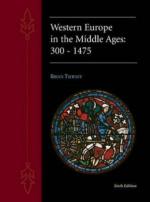|
This section contains 2,811 words (approx. 10 pages at 300 words per page) |

|
General Characteristics.
Literary sources, including music treatises, provide the names of several dances and a few descriptions, although some of the references are so incomplete that little can be deduced from them. Medieval literature includes far more dance names than are described in the treatises, leaving an impression of a society that enjoyed a wide variety of dances, only a few of which are known in any detail. The Catalan treatise written by Jofre Goixà, the Doctrina de compondre dictatz (Treatise for Composing Poetry), from about 1300, for example, gives instructions on how one may write a dansa, a dance name that is not found elsewhere. According to the treatise, the dansa should have three stanzas, a refrain, and one or two envoys ("sendoff" stanzas, used for summing up or offering a dedication), the text should be about love, it should have a nice melody, and it...
|
This section contains 2,811 words (approx. 10 pages at 300 words per page) |

|




